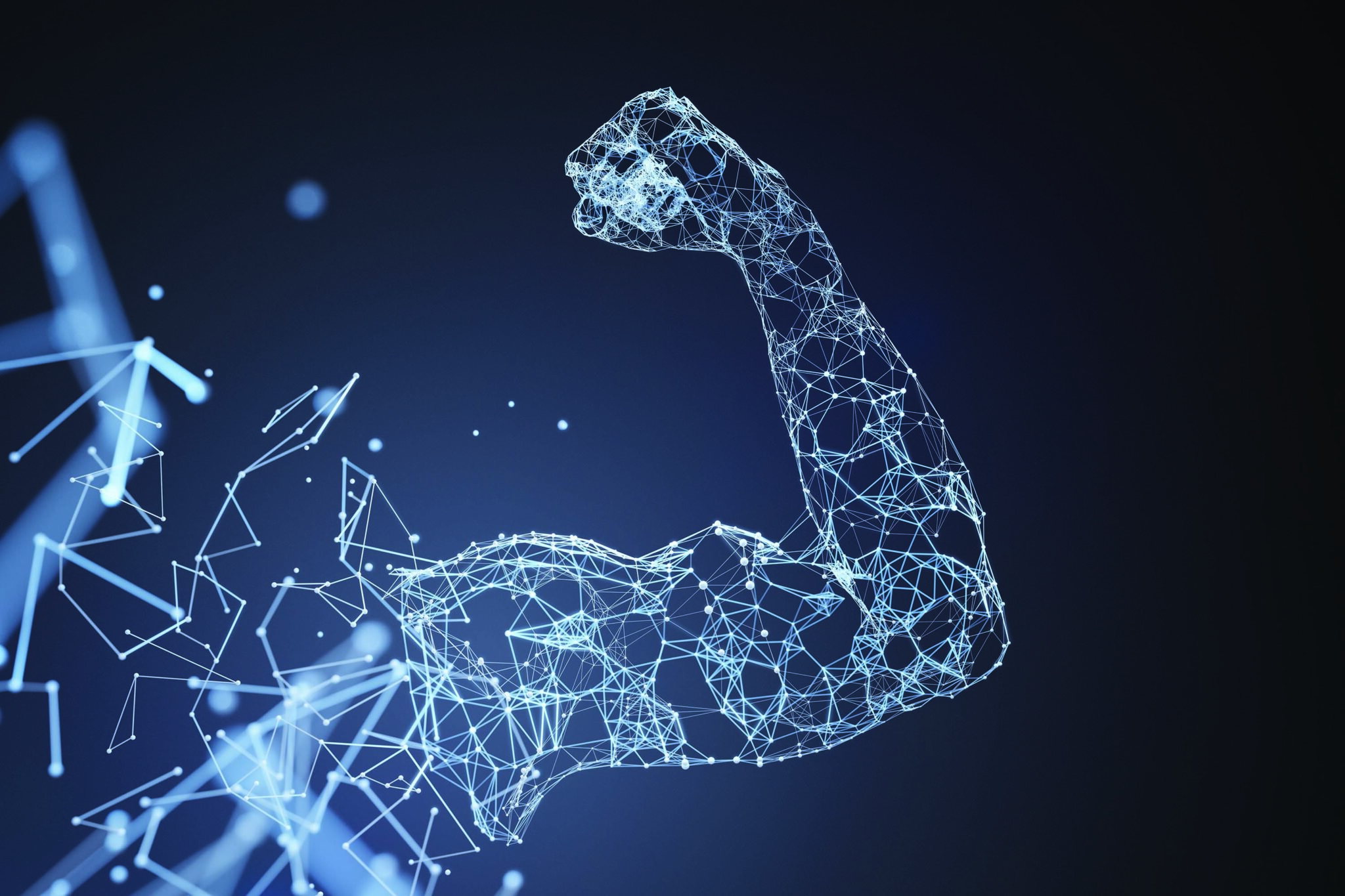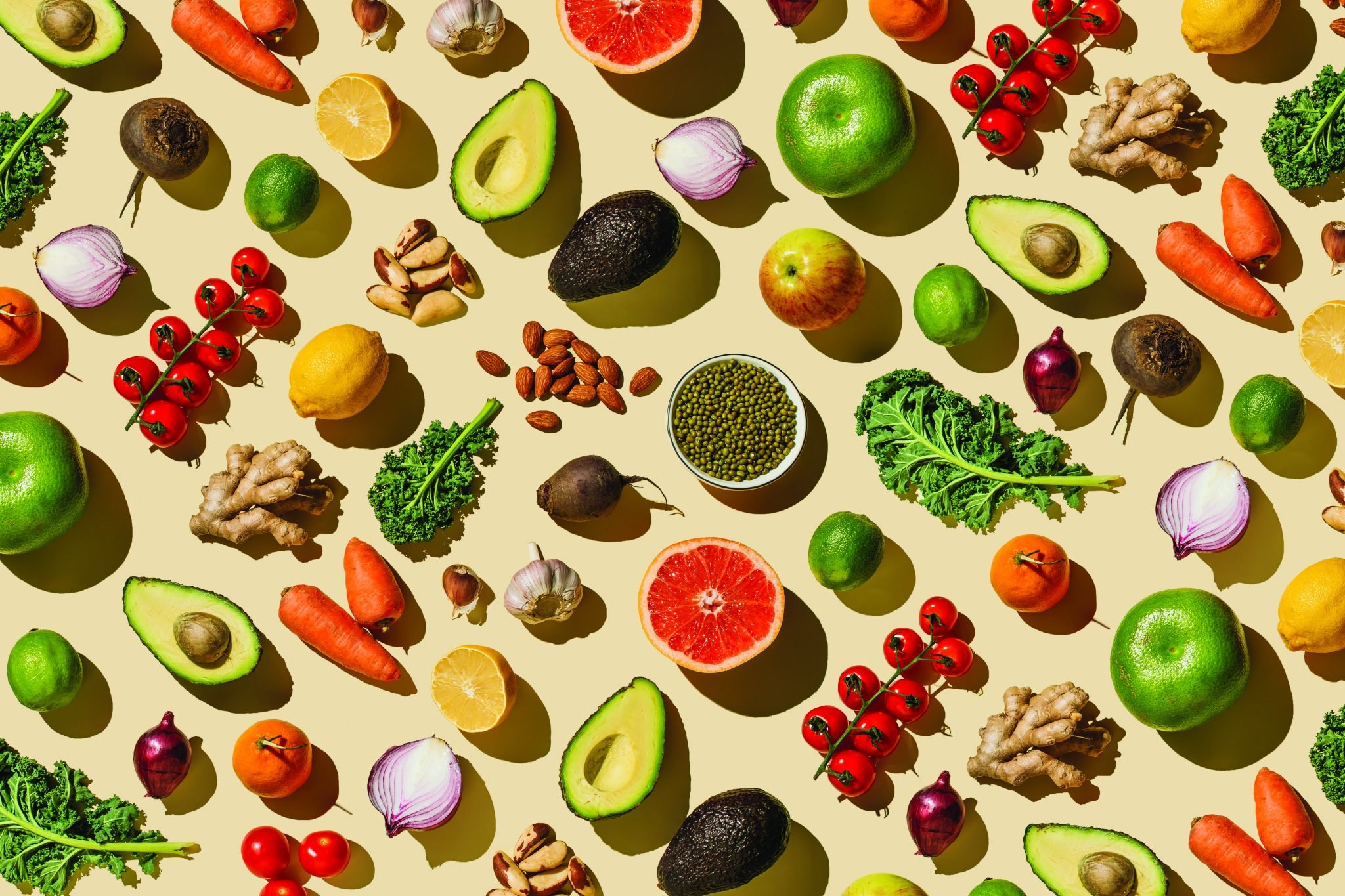Everyone has a different answer to the question, “would you want to be immortal?” But no matter how long you would like to live, we can all agree on one thing—remaining autonomous for as long as possible. Many feel that a long life is only appealing if you are able to run with your kids, pick up your grandkids, and remain physically active.
So, how can we reach the finish line and still be able to sprint across it? It comes down to four factors: skeletal muscle, cardiovascular health, a balanced diet, and an emphasis on protein intake. That’s it. That’s the “silver bullet.”

Dr. Gabrielle Lyon, a functional medicine practitioner and board-certified family medicine physician, is a pioneer in this space. As the founder of the Institute for Muscle-Centric Medicine, she works to shift “the focus away from reactively quantifying and treating disease to proactively quantifying and optimizing your health by focusing on the biggest organ in your body: skeletal muscle.” She is famously known for her take, “we aren’t over fat; we are just under-muscled.” Because we have, “an unhealthy muscle problem which is leading to diseases and chronic aging.”
Worth talked to Dr. Lyon about the connection between muscular health and longevity.
How exactly does muscle affect our ability to live longer and stave off disease? “The more muscle mass, the more survivability against diseases,” Dr. Lyon explained. But muscle mass must be maintained to have these effects. It’s a use-it-or-lose-it part of our biology due to sarcopenia. Sarcopenia, as defined by the National Institute on Aging, is “a decline in muscle mass, strength, and function.” Studies have shown that for both men and women, our strength and muscle mass steadily increase from birth to around 30-35 years old. After which, “muscle power and performance decline slowly and linearly at first, and then faster after age 65 for women and 70 for men” (Baltimore Longitudinal Study of Aging). Weight training is essential to mitigate these effects as we age. When you “stimulate skeletal muscle,” stated Dr. Lyon, “ [you] maintain mobility, mental clarity, hormonal balance, and improve mood.”
The National Institute on Aging explains that “a big culprit for losing our physical abilities as we grow older is the age-related loss of muscle mass and strength…in addition to making everyday tasks difficult, mobility limitations are also linked to higher rates of falls, chronic disease, nursing home admission, and mortality.” Dr. Lyon emphasized that we should be “focusing on building muscles rather than losing fat. [Muscle] will help you build your body armor to protect you throughout life.”

According to Lyon, “it’s time we switch the paradigm of thinking to ‘muscle-centric’ because obesity starts with unhealthy muscle first, and adiposity is just the symptom.”
Adiposity is the result of a health problem, not the starting point. It is the same with other chronic diseases “such as type 2 diabetes, heart disease, and fatty liver.” According to Dr. Howard J. Luks, an orthopedic sports medicine surgeon, in his article, Muscle Mass, Strength, and Longevity, he writes “losing active [muscle] tissue can have dramatic consequences. Muscles help us control our glucose levels, use glucose as fuel, and have a role in insulin resistance.” So, instead of thinking of fat as the root cause of health problems, we must understand that it’s no more than the middleman. The actual chain of command is unhealthy muscle tissue, adiposity, then disease.
But to build healthy muscle tissue, you need protein. “Protein is necessary for nearly every function in the body and every structure,” explained Lyon. “There are 20 different amino acids. We need the nine essentials—histidine, isoleucine, leucine, lysine, methionine, phenylalanine, threonine, tryptophan, and valine—to support many processes that happen within our body. Each amino acid has more than one role; they function as a metabolic signal and are necessary building blocks.”
Not all proteins are made equal. “There are high-quality and lower-quality proteins, based on the essential amino acid profile,” Lyon explains. Furthermore, “Proteins from animal sources (i.e. eggs, milk, meat, fish, and poultry),” per the Journal of Sports Science and Medicine, “provide the highest quality rating of food sources.” Echoing Dr. Lyon’s previous statement, it’s “due to their ‘completeness’ of proteins.”
Now, what does this mean for those who eat plant-based? Is it possible to consume all the amino acids required to build and maintain skeletal muscle while on a plant-based diet? Lyons says, “It is possible. Is it easy? No.”
It’s not that protein isn’t present in a plant-based diet; it’s just more calorically taxing—requiring you to pay more attention to how you build a balanced diet. Getting sufficient Leucine, for example, can be a challenge without animal protein. That said, there are high-quality vegan protein powders that can fill this gap.
As we age, there’s a pretty clear difference between men’s and women’s processes. Women go through menopause which wreaks havoc on their system. Lyon explains that during menopause, “sex hormones decrease, insulin resistance increases, blood flow decreases, your protein signaling decreases.” To combat this, “women have to focus on their protein intake. Ideally 1 gram of protein per pound of ideal body weight, and they must challenge themselves in the gym [with] things like sprint intervals and lifting weights that are challenging. If you are a beginner, I always recommend investing in a trainer to ensure your stability, mobility, and form are solid prior to adding any additional load.”
Dr. Lyon recommends that women 65 and older focus more on muscular endurance training, which means high rep and low weight. However, “peri and menopausal women studies have shown lifting heavier load may be beneficial. I believe your workout should challenge you and not be easy, and I want to encourage you not to make excuses but to get in the gym, put in work, and see that hard work pay off.”
But what about cardio? If you’ve ever been to a strength training-focused gym, I can almost guarantee you’ve heard the cardio vs. strength training debate. So, I posed the question to Dr. Lyon, is one better than the other? “It shouldn’t be cardio vs. strength training; there is room for a combination of both,” she explained. “Cardiovascular exercise is beneficial for your brain, heart, and lungs and has been shown to reduce the risk of heart disease. Strength training promotes building and protecting skeletal muscle which plays many roles beyond locomotion.” In essence, you need both.
If your focus is fat loss, “Strength is the key to the quality because resistance exercise will help protect and build skeletal muscle while losing fat versus losing both fat and muscle through solely cardiovascular training,” Dr. Lyon explained.
To build a standardized weekly workout plan, Dr. Lyon detailed it as follows:
Women:
Monday: Pull and legs
Tuesday: Low-impact cardio
Wednesday: Push & legs
Thursday: High-impact cardio
Friday: Pull and legs
Men:
Monday: Push
Tuesday: Low-impact cardio
Wednesday: Pull
Thursday: Legs
Friday: High-impact cardio
Building muscle is essential for a long, high-quality life. It provides you with the autonomy we all desire well into our later years. Women especially need to emphasize lifting heavy and focusing on their protein intake due to the hormonal changes that occur during menopause. This isn’t about bulking up; this is about building longevity.







